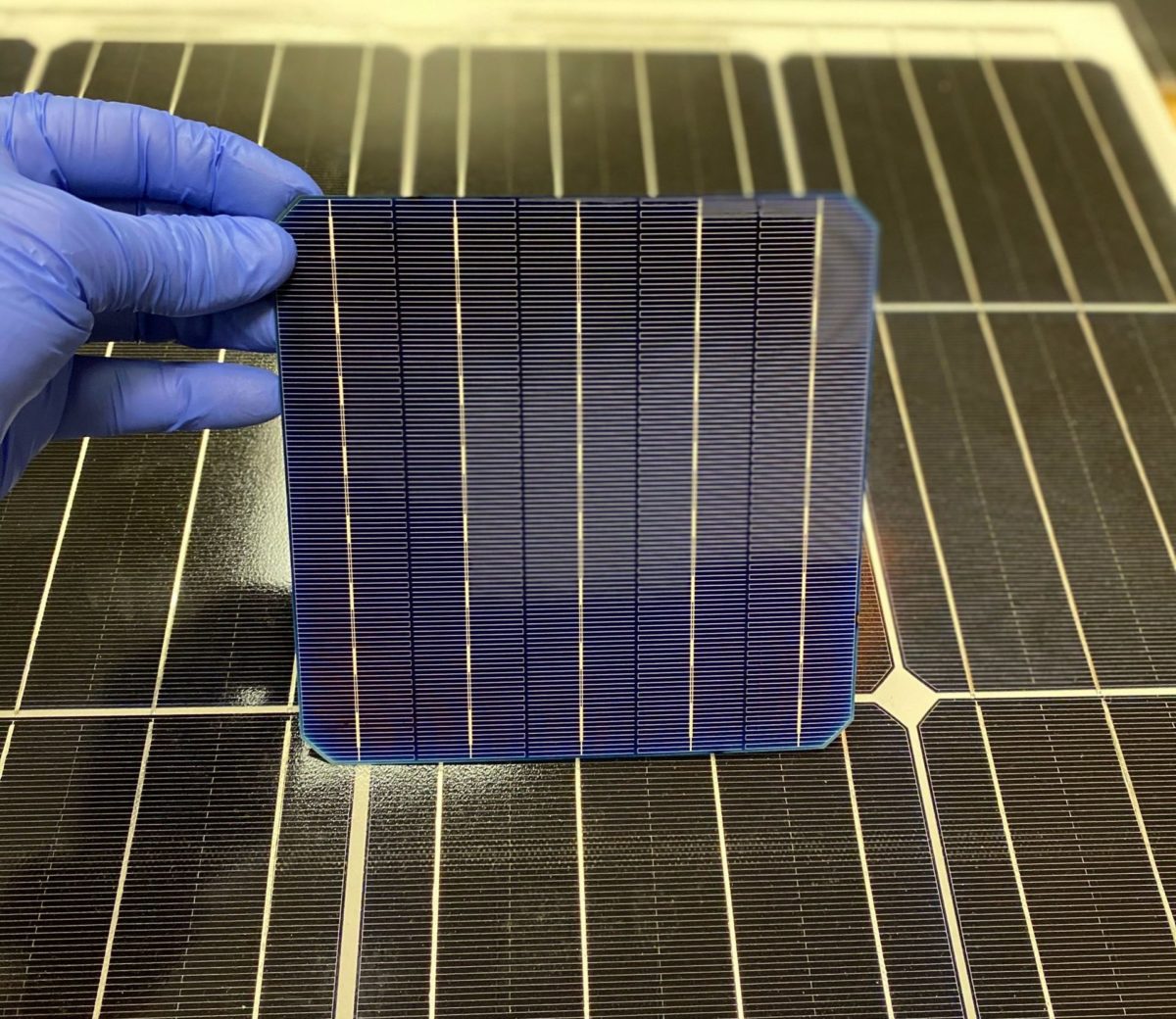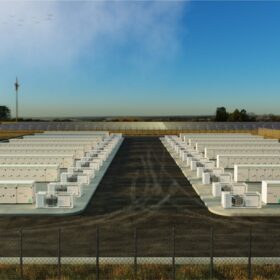Solar Inventions, based in Atlanta, Georgia, announced it has been awarded patents in the United States, China, and Israel for its invention of a novel architecture for PV cells and modules.
Dr. Ben Damiani, chief technology officer, Solar Inventions, discovered that a manufacturer can create multiple “lanes” or subcells on a single wafer by electrically dividing each cell during the metalization process.
The process, called Configurable Current Cells (C3) requires no capital expenditure or process change for solar cell manufacturers to implement. For cell manufacturers, C3 requires only small changes in metalization print patterns and selective doping.
The process creates a new architecture that makes improvements on cell, module, and system performance while saving up to 18% of the silver required. This equates to $2 million to $5 million in savings per GW at prevailing silver prices. Silver typically represents about 10% of a solar module cost structure.
Select pilot tests and modeling have shown up to 3 Watts per panel in additional power, as well.
Most recently, the U.S. issued a continuation patent that broadens claims from Solar Inventions’ first patent and includes configurations for most modern cell structures.
“As the solar industry shifts to new cell structures such as Topcon and HJT and production continues to accelerate around the globe, the economic benefits of our Configurable Current Cell (C3) technology gain importance,” said Dr. Ben Damiani, the firm’s chief technology officer. “C3 dramatically increases silver cost savings for solar cell manufacturers, while adding power and resiliency.”
The technology won first place in the U.S. Department of Energy’s American-Made Solar Prize contest for innovative technologies, in September 2019.
C3 cells are based on Damiani’s Resistively Bound Subcells (RBS). C3 creates isolated changes in cell resistance through a combination of metalization laydown changes. The patent identified specific metalization patterns, both on the top and bottom of cells, that together create precise areas of higher cell resistance. These, in turn, are used as electrical boundaries around the hybrid subcells. These subcells exhibit characteristics that have previously only been possible with exotic wafer processing techniques or physical cleaving such as half-cells, said Solar Inventions.

“While scientists have long understood the idea of subcells (also called ‘monolithic cells’), creating them required specialized processing and was prohibitively limited in efficiency. Now, any manufacturer can immediately improve their profits, fabrication losses, and warranty returns — all without risk to throughput or quality,” said Solar Inventions in a whitepaper.
The technology has also demonstrated benefits for large-format wafer-based cells. Cells greater than six inches benefit from reduced current loss due to electrical heat dissipation for elevated current flows. RBS works with 95% of all silicon cell architectures including monocrystalline, polycrystalline, PERC, HJT, and bi-facial.
Solar Inventions said the technology has several applications, including:
- Solar shingles with greatly simplified wiring requirements that reduce the cost of residential solar.
- Higher-voltage panels that can be wired in parallel, which simplifying inverter designs and reducing external power electronics.
- Lower-cost single cells that directly power electronics, like phone chargers and solar lanterns for low-income countries.
“Cherry Street Energy, one of the largest and most innovative renewable energy providers in the Southeast, installed the first C3 cells in a commercial rooftop installation in Athens, Georgia over two years ago and has enjoyed fantastic performance,” said Gregg Freishtat, chief executive officer, Solar Inventions.
A full whitepaper on RBS and C3 performance and testing can be found here.
This content is protected by copyright and may not be reused. If you want to cooperate with us and would like to reuse some of our content, please contact: editors@pv-magazine.com.









By submitting this form you agree to pv magazine using your data for the purposes of publishing your comment.
Your personal data will only be disclosed or otherwise transmitted to third parties for the purposes of spam filtering or if this is necessary for technical maintenance of the website. Any other transfer to third parties will not take place unless this is justified on the basis of applicable data protection regulations or if pv magazine is legally obliged to do so.
You may revoke this consent at any time with effect for the future, in which case your personal data will be deleted immediately. Otherwise, your data will be deleted if pv magazine has processed your request or the purpose of data storage is fulfilled.
Further information on data privacy can be found in our Data Protection Policy.